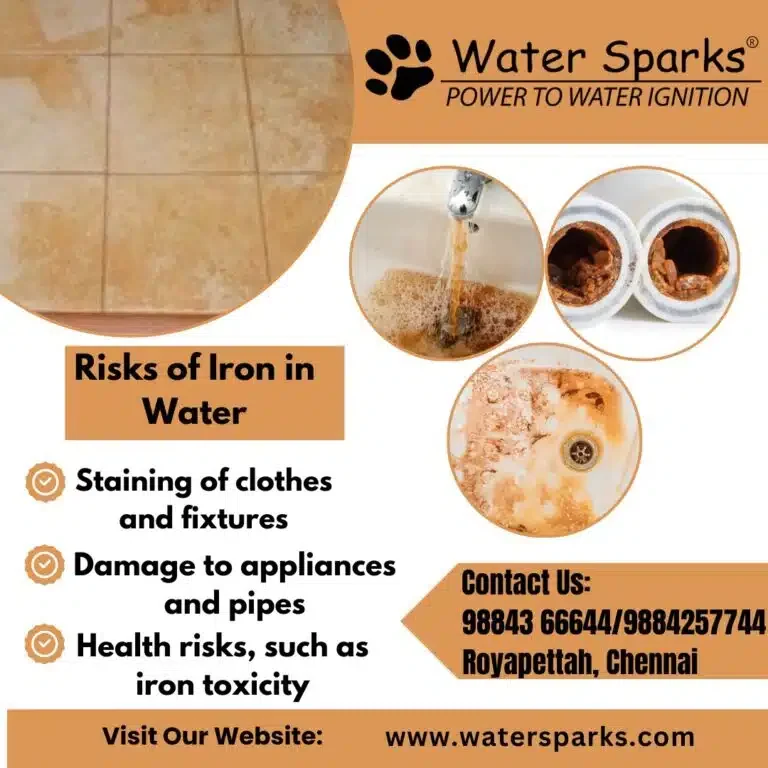Introduction:

Have you ever noticed reddish-brown stains on your laundry or heard complaints about a metallic taste in your water? Chances are, your water supply might be high in iron. While iron is essential for health in small amounts, too much can cause significant problems. Enter the unsung hero of water treatment: the iron removal plant.
Why Iron Removal Matters?
Iron is a common mineral found in groundwater, and while it’s generally not harmful in low concentrations, high levels can cause several issues:
Staining: Iron can leave unsightly stains on clothes, plumbing fixtures, and even your bathtub.
Taste and Smell: Elevated iron levels can impart a metallic taste or odor to your water.
Plumbing Problems: Over time, iron can build up in pipes, leading to clogs and reduced water flow.
To tackle these problems, iron removal plants are specifically designed to purify water and restore its quality. But how do these systems work?
The Iron Removal Process:
Iron removal plants use a series of steps to clean water efficiently:
Pre-Treatment: Before the iron removal process begins, the water undergoes screening and sedimentation. This step removes large particles and debris, ensuring that the main treatment process runs smoothly.
Oxidation: The core of iron removal is oxidation. This process involves converting dissolved ferrous iron (Fe²⁺) into ferric iron (Fe³⁺) using oxidants like chlorine or air. Ferric iron forms solid particles that are easier to filter out.
Filtration: Once the iron is oxidized, it needs to be removed from the water. Filtration systems, often using media like sand or manganese greensand, trap and remove the iron particles. Some advanced systems use pressure filters for even greater efficiency.
Aeration: This step exposes the water to air, enhancing the oxidation process and helping to remove dissolved gases that can affect water quality.
Post-Treatment: After filtration, the water may still need some polishing. This involves backwashing the filters to remove any accumulated iron and managing the resulting sludge. Proper handling and disposal are key to minimizing environmental impact.
Key Components of an Iron Removal Plant:
Automation Systems: Modern plants use sophisticated control systems to monitor and adjust the treatment process, ensuring optimal performance.
Safety Measures: Protective equipment and emergency protocols are in place to safeguard both operators and the environment.
Maintenance: Regular maintenance is crucial for keeping the plant running efficiently. This includes routine checks, cleaning, and repairs as needed.
Benefits of Iron Removal Plants:
Iron removal plants not only improve water quality but also extend the life of your plumbing and appliances. Clean, iron-free water enhances the taste, prevents staining, and ensures that your water supply is safe and pleasant to use.
Conclusion:
Iron removal plants play a vital role in maintaining the quality of our water. By addressing issues related to high iron levels, these systems help ensure that our water is clean, safe, and enjoyable. Whether you’re dealing with a private well or municipal water supply, investing in an iron removal plant can make a significant difference in your water quality and overall satisfaction.
